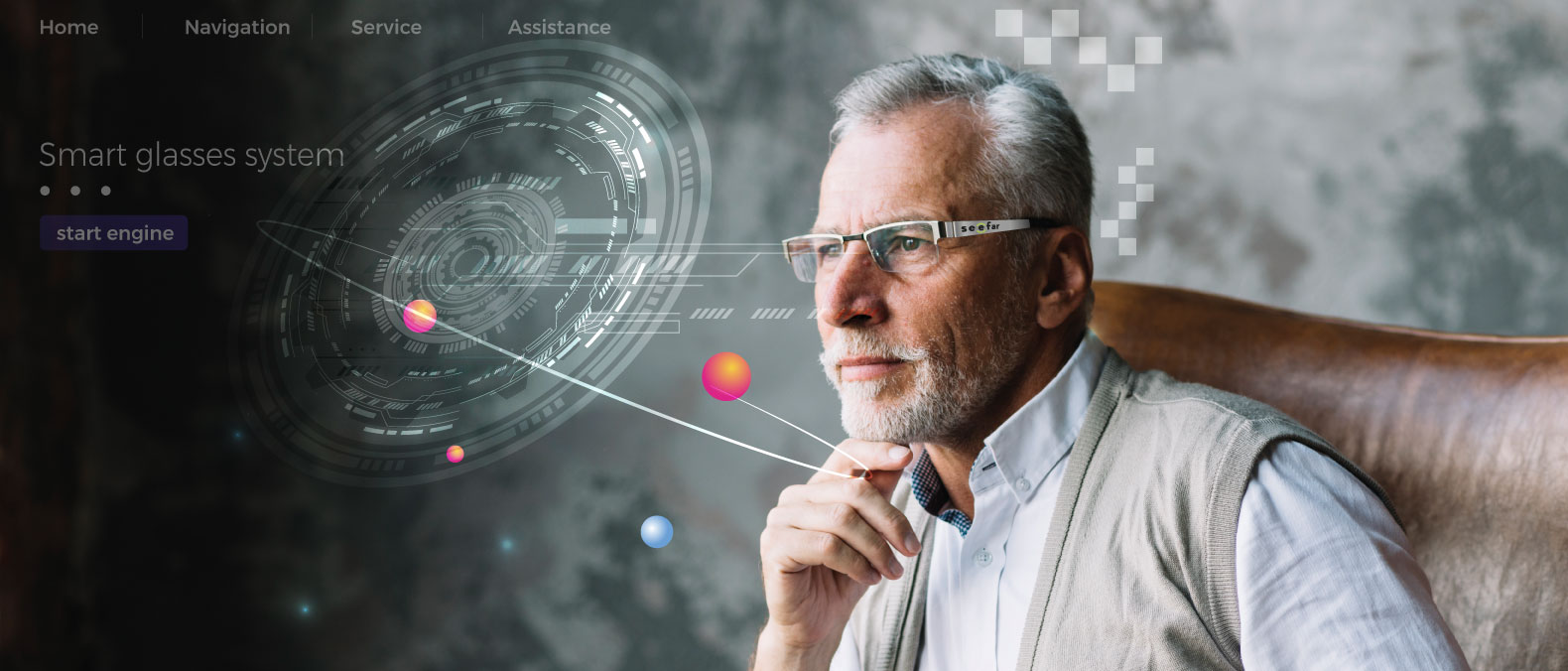
Vision deficiencies is both an issue for the social science and humanities in its own right, and a prism on to many if not most other aspects of society, past, present and future, from family life and gender relations to work and leisure, childhood and ageing, science and technology, health and medicine, capitalism and consumerism, politics and human rights. The temporal, spatial, embodied dimensions of vision deficiencies are clearly central to all this, including the frequent positioning of vision loss related matters within wider discourses and debates on social acceleration and the 24/7 society.
See Far aims to:
– Examine how different dimensions of visual deficiencies of ageing population affects and is affected by “technological acceleration”, “acceleration of the pace of life”, and “acceleration of society as a whole”;
– Perform the necessary economic and social analysis for reforming public health systems through See Far adaptation in daily practice;
– Integrate science, technology and engineering with Social Sciences and Humanities disciplines by developing a solution empowering well-being of people, as they age.
To realize its vision See Far project has the following objectives:
- Perform comprehensive analysis of the evidence basis for interventions enabling flexible management of job-, leisure- and health-related activities of ageing people with visual impairments and formulate them driving the design and development of See Far solution.
- Develop and validate a personalized vision impairments detection and monitoring service allowing the early detection of ocular, as well as other health related risks by analyzing retina images captured by the ophthalmic camera attached to the Smartphone of the users.
- Integrate in the smart glasses augmented reality technologies boosting the visual experience of the users by increasing image contrast, highlighting specific visual features, enhancing the salience of certain objects.
- Develop and validate a personalized visual assistant that will adapt the environment of the user (work or living) to his/her needs since it will detect the eye condition, will adapt the display lenses to the needs of the users and will optimize their view through the augmented environment that it will create.
- Develop and validate a personalized visual recommendation service that taking into account the personalized profile of the user (emotional, behavioral, etc.) will provide recommendations helping the older adults to adopt independent active and healthy lifestyle.
- Deliver See Far solution, a digitally enabled solution leading to an adaptive smart working and living environment for older adults taking into account reduced capabilities due to age-related vision deficiency.
- Validate the See Far solution in real settings (at work and at home of ageing workers at two clinical partners of See Far consortium, as well as subjects with vision impairments followed by the clinical partners independently from their workplace).
- Provide evidence of how the adoption of the proposed solution can contribute significantly towards the expected impact. A socio-economic analysis of the See Far solution, as well as an exploitation/commercialization and sustainability plan will be delivered, taking into account the socio-economic analysis, legal, ethical and regulatory requirements, data ownership, the data protection/privacy strategy, potential liabilities and consumer protection. The user preferences and experience with the See Far solution will also be explored, to gain insights on the perceived acceptance, satisfaction and expectations of both the target group, as well as the other stakeholders.
See Far smart glasses are adapted to the needs of the users and optimize their view. In order this to be achieved a personalized visual assistant will be developed adapting the environment to the needs of the user by capturing the condition of the eye, detecting the problem and provide the appropriate adjustment through the integration of augmented reality technologies. See Far smart glasses empower older adults to solve the most meaningful problems, transform how they design, build, maintain and collaborate in their organization, perceive the world conveniently and enjoy a safer exploration in an indoor/outdoor environment.
All the publications

